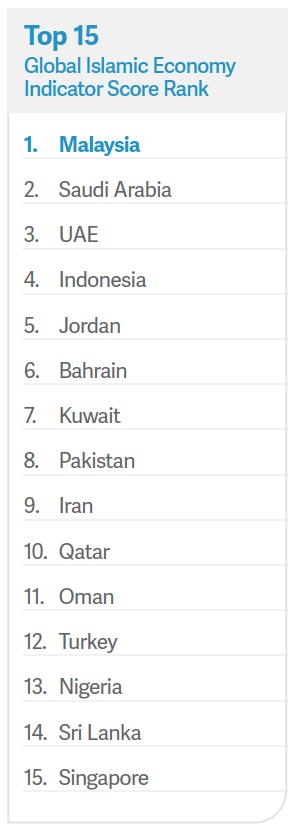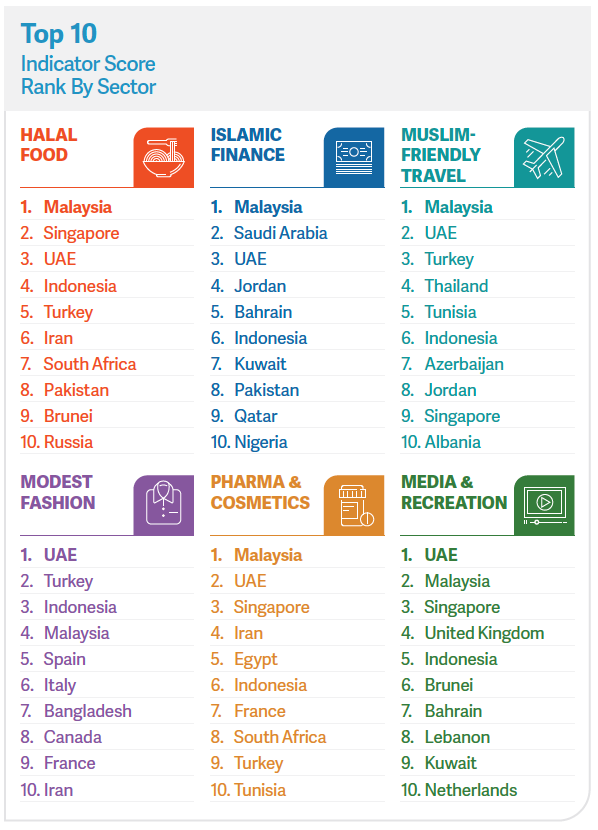What is the Global Islamic Economy Indicator and why is it important?
Every year since 2013 growth strategy research and advisory firm DinarStandard publishes the State of the Global Islamic Economy report that tracks the market size and key trends in the industry. The Global Islamic Economy Indicator is a part of that annual study.
1. What is the GIEI?
- The GIEI ranks countries based on how they’re doing in the seven sectors of the Islamic economy: Islamic finance, halal food, Muslim-friendly travel, modest fashion, media and recreation, halal pharmaceuticals, and halal cosmetics.
- The latest GIEI in the State of the Global Islamic Economy 2020/21 report covers 81 countries, up from 73 previously.
- The GIEI provides a global view of the Islamic economy landscape.
- The GIEI assesses the current state of the Islamic economy in each country, relative to other nations.
2. Why the GIEI?
DinarStandard, the parent company of Salaam Gateway, says the purpose of the GIEI is to benchmark the national ecosystems best able to support the development of Islamic economy business activity relative to their size.
3. How is it compiled?
It's important to note that the indicator does not arrive at rankings based on the overall size and growth trajectory of a country across the Islamic economy sectors. It is a composite weighted index made up of 49 metrics organised into four components for each of the seven sectors of the Islamic economy.
This means that the index applies a weightage to each of the sector indicators in proportion of each sector’s consumer expenditure (global overall and then down to country-level) when compared to the Islamic economy as a whole. SO – Islamic finance and halal food sectors have the highest weightage because these are the biggest sectors.
The four components are:
- Financial sub-indicators: metrics that gauge the size of each of the seven sectors
- Governance sub-indicators: metrics to gauge the halal certification and Shariah regulatory landscape (as applicable)
- Awareness sub-indicators: metrics to understand the extent of awareness each sector has built through the media as well as through related events.
- Social sub-indicators: metrics to understand the social impact of the sector.
4. Which are the top countries on the GIEI?

Source: State of the Global Islamic Economy 2020/21 report
Malaysia leads the overall Global Islamic Economy Indicator (GIEI) rankings for the eighth year. This year saw Saudi Arabia move up to the second position, with the UAE and Indonesia following. New entrants to the top 15 include Sri Lanka, Nigeria, and Singapore. Iran moved up four places to ninth overall. Brunei, Sudan, and Bangladesh have moved out of the top 15.
5. Which countries top each sector?
Source: State of the Global Islamic Economy 2020/21 report
More details can be found in the State of the Global Islamic Economy 2020/21 report that you can DOWNLOAD here.
© SalaamGateway.com 2020 All Rights Reserved
